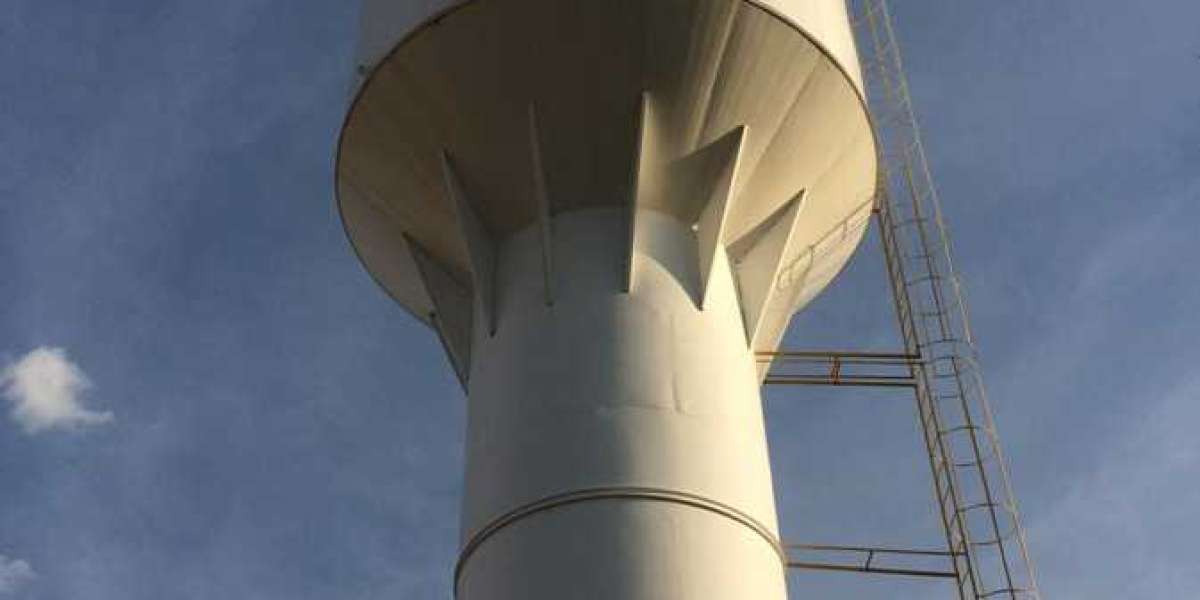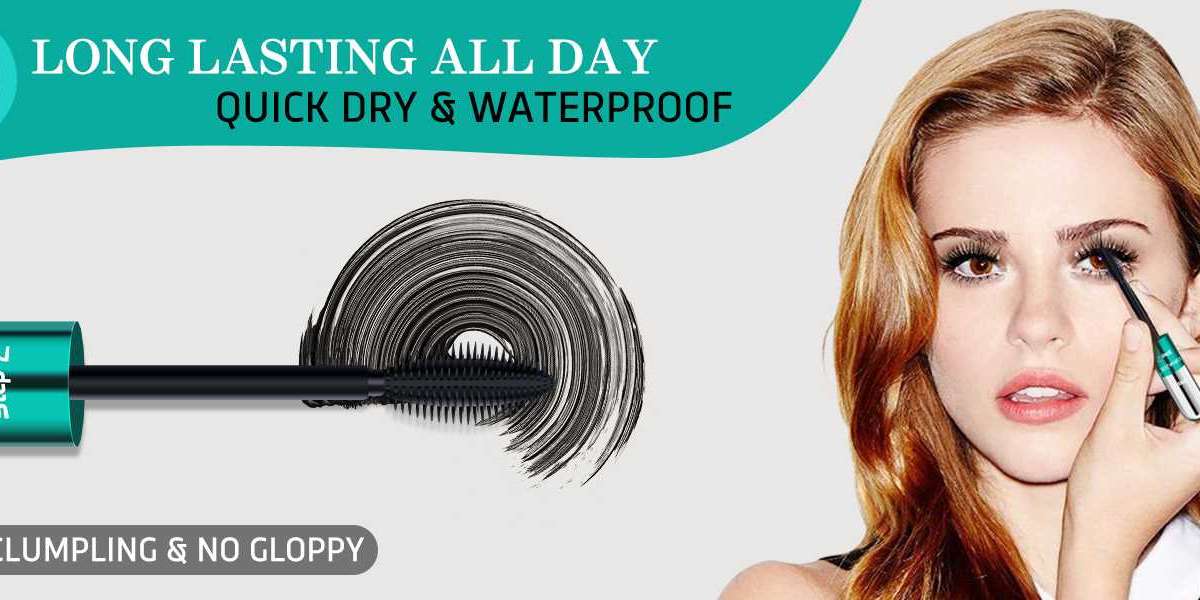 Water & Petroleum Storage tanks
Water & Petroleum Storage tanks These factory-welded and coated carbon metal water tanks are strain tested for tightness to ensure the standard and dependability of the water supply. The high-strength steel shell combines with our High-DRO® Liner Plus polymer composite interior liner to offer a flexible, lengthy lasting tank system. Potable water tanks are constructed to the very best requirements to make sure a safe, contamination free surroundings. Our inside liner complies with NSF/ANSI sixty one Drinking Water System Components – Health Effects for the protected storage of potable water. Our exterior corrosion safety methods for underground water tanks comply with UL-1746. Aboveground tanks could be protected with a wide array of primers and topcoats, even these complying with ANSI/AWWA D102-03, "Coating Steel Water-Storage Tanks".
Design of Fillet Weld Connections
This typically involves a hydrostatic test, in which the tank is crammed with water and the stress is steadily increased to the design pressure. Fixed roofs are sometimes used for tanks storing unstable liquids, such as gasoline, to stop the discharge of vapours. Floating roofs are typically used for tanks storing non-volatile liquids, such as water, to cut back evaporation. Bottom of tanks up to and together with 12.5m diameter may be constructed without a ring of annular plates. According to EN14015, 9.1.1a, the allowable design stress, S is a minimum of 2/3 of the yield power of the shell material or 260 MPa, P is the design stress [MPa], and W is the density of the liquid to be contained.
Structural Analysis and Design of Residential Buildings Using Staad.Pro, Orion, and Manual Calculations
Fire protection tanks are hydropneumatic water storage tanks designed for use in fire safety techniques. These tanks are required by hearth codes in many business, industrial, and institutional buildings to be used with automated sprinkler systems for hearth suppression. Compliance may end in a secondary water provide equal to the hydraulically calculated sprinkler and hose stream design demand with a required duration time up to 30 minutes. Additionally, our vertical tanks are used to retailer dry bulk products corresponding to sand, pelletized lime, and different supplies.
To help householders with their subsequent project, Angi provides readers with essentially the most accurate price data and upholds strict editorial standards. We survey real Angi prospects about their project prices to develop the pricing information you see, so you can make the most effective selections for you and your home. We pair this data with research from respected sources, including the us Bureau of Labor Statistics, tutorial journals, market studies, and interviews with trade experts—all to ensure our costs reflect real-world initiatives. Most of this price will come from delivery expenses and installation, because the tank itself could solely cost around $800. UK hose pipe diameters vary from ½" to ¾" inch diameters.
A sand point nicely is the most economical way to get water that a homeowner can install. Drilling an irrigation or agricultural nicely prices $25 to $50 per foot or $85 to $105 per foot for an entire set up. Residential irrigation wells cost $9,000 to $15,000 on average, while many high-yield industrial wells value $50,000 to $100,000, which generally consists of the pump. The average cost to dig a shallow well is between $1,800 and $3,000, or $5 to $10 per cubic yard depending on the depth of the water table. Shallow wells are sometimes 25' to 50' deep, three to 10 toes in diameter, and are finest in areas with out rocks or any bedrock. Drilling a well costs $5,325 to $9,a hundred and eighty for a mean depth of 150 feet. Most owners spend $3,750 to $15,300, or $25 to $65 per foot for nicely set up.
 However, the adjustable and removable water tank makes it a dream for small kitchens. It isn’t a coffee maker the place you take away water reservoirs from the entrance. However, the machine’s small, which makes it easy to pull out from beneath an upper wall cabinet. Drip espresso makers use two sorts of filters – Paper filters or reusable filters. The permanent filter comes with the espresso maker itself and, as they are reusable you ought to use them again and again. On the flip facet, paper filters are messy and you need to spend little money each month in your filters.
However, the adjustable and removable water tank makes it a dream for small kitchens. It isn’t a coffee maker the place you take away water reservoirs from the entrance. However, the machine’s small, which makes it easy to pull out from beneath an upper wall cabinet. Drip espresso makers use two sorts of filters – Paper filters or reusable filters. The permanent filter comes with the espresso maker itself and, as they are reusable you ought to use them again and again. On the flip facet, paper filters are messy and you need to spend little money each month in your filters.





